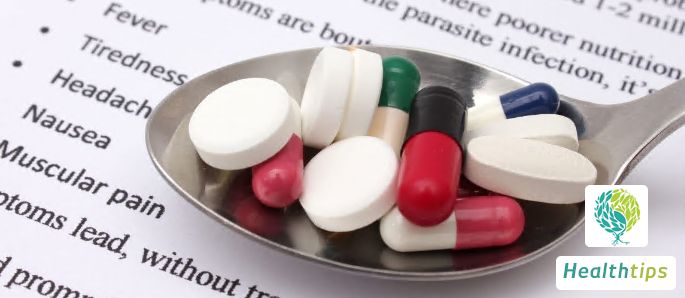What Should I Do If There Is a Wound in the Vagina?
Sexual intercourse and childbirth are both processes that require the vagina to function properly. However, some individuals may experience vaginal injuries or severe discomfort, which can pose a threat to their health and quality of life. It is therefore crucial to address these issues promptly and restore vaginal health. In this article, we will explore the causes and management of vaginal injuries.

Firstly, let's discuss the causes of vaginal injuries. Vaginal trauma can occur due to various reasons such as improper sexual intercourse, vaginal dysplasia, hormonal changes during lactation and menopause, fragile vaginal tissue, and rough sexual activity. The main symptom is vaginal bleeding, which may occur during or after sexual intercourse. In severe cases, heavy bleeding can lead to shock and severe pain, especially during the first sexual encounter or during menopause.
Now, let's move on to the management of vaginal injuries. Depending on the cause and severity of the injury, different treatment approaches may be necessary. For example, vaginal tears caused by falls can be examined using a vaginal speculum. If the tear is minor and bleeding is not excessive, the vagina can be packed with sterile gauze to stop the bleeding, followed by further evaluation and treatment.
On the other hand, vaginal ruptures caused by sexual intercourse often occur at home, and it is crucial to transport the patient to the hospital for emergency evaluation of the bleeding site and hemostasis of the torn area. Generally, suturing and vaginal packing may be required, along with education on proper sexual practices.
It's also important to note that certain behaviors can increase the risk of vaginal injuries. One such behavior is vaginal tearing, which can occur despite the vagina's elasticity and pelvic ring protection. For instance, many women experience vaginal tearing during their first sexual encounter. Additionally, postmenopausal women may have thinner vaginal mucosa and poorer elasticity due to low estrogen levels, making them more vulnerable to vaginal tearing during rough sexual activity. To prevent this, the use of lubricant during sexual intercourse can help enhance vaginal lubrication and reduce the risk of tearing.
Another common cause of vaginal injury is childbirth. Although the vagina is naturally elastic and can expand during delivery, it can still be susceptible to tears or lacerations caused by excessive pressure from the baby during the birth process. Rapid delivery can also increase the risk of vaginal tearing. In some cases, factors such as a large baby, improper fetal position, or improper assistance during delivery may also contribute to vaginal tearing. These tears can be severe and may require surgical repair.
In conclusion, vaginal injuries can occur due to various reasons and can have serious consequences for women's health and well-being. It is essential for women to be aware of the symptoms and causes of vaginal trauma and to seek prompt medical attention if they experience any unusual discomfort or bleeding. By understanding the risks and taking appropriate preventive measures, women can reduce the likelihood of experiencing vaginal injuries and maintain a healthy vagina.



















